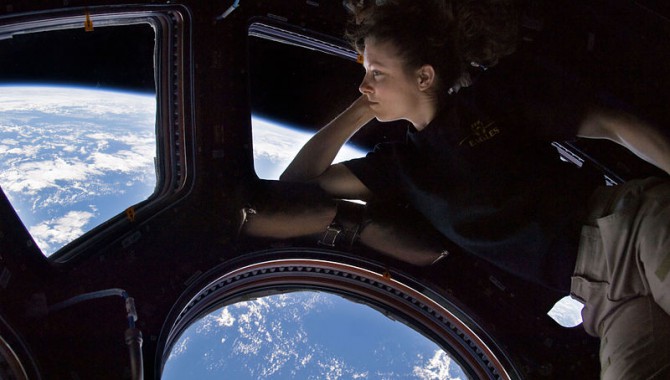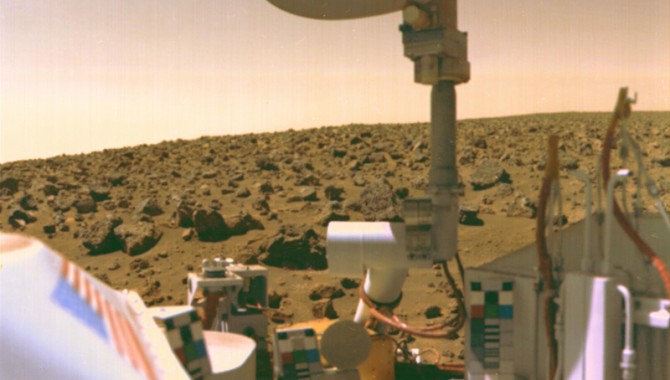
Vol. 5, Issue 10 The future of learning at NASA is no longer confined to a classroom, according to APPEL Director and NASA Chief Knowledge Officer Dr. Ed Hoffman.

Vol. 5, Issue 10 The future of learning at NASA is no longer confined to a classroom, according to APPEL Director and NASA Chief Knowledge Officer Dr. Ed Hoffman.

Vol. 5, Issue 10 Marshall Space Flight Center’s Dale Thomas shares his perspective about the state of knowledge at his center.

Vol. 5, Issue 10 Knowledge can be found at your fingertips—if you’re willing to look for it.

Vol. 5, Issue 9 Where do you go to find what you don’t know?

Vol. 5, Issue 9 Kennedy Space Center’s Michael Bell talks about the state of knowledge at his center.
Vol. 5, Issue 9 NASA received international recognition for the quality of its professional development activities.

Vol. 5, Issue 9 Once told shed never make it in the space sector, Agnieszka Lukaszczyk shares what it took to build her career.

September 27, 2012 Vol. 5, Issue 9 Landsat Data Continuity Mission (LDCM) engineers overcame two obstacles to keep the mission on track for a launch readiness date of February 11, 2013.

September 27, 2012 Vol. 5, Issue 9 We were in the design phase for Viking, and I didn’t see how it was possible for me to leave the project at that point.